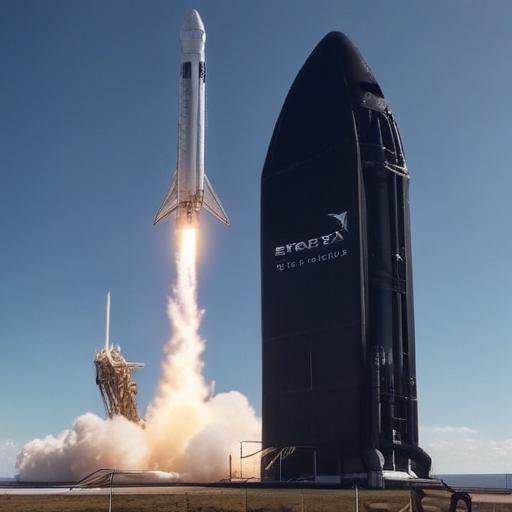The Federal Aviation Administration (FAA) has granted SpaceX approval for up to 25 Starship launches per year from its facility in Boca Chica, Texas, significantly increasing the previous limit by five times. This decision, announced on May 6, follows an environmental assessment that determined the expanded launch capability would not have significant adverse environmental impacts.
In issuing what is known as a mitigated finding of no significant impact (FONSI), the FAA concluded that the proposed increase is a reasoned and practical choice for federal decision-making. The assessment included an opportunity for public input, during which the FAA received over 12,300 comments. Notably, many participants in the public meetings expressed opposition to the new proposals, particularly concerning potential Starship landings in the Pacific Ocean near Hawaii. Responding to public feedback, the final assessment revised landing zones to ensure they would be outside the exclusive economic zone surrounding Hawaii, also considering areas around marine national monuments.
The FAA’s approval comes with a set of ongoing and new conditions. Among these are requirements concerning wastewater management from the launch deluge system, aimed at addressing previous regulatory issues faced by SpaceX.
This marks another step in SpaceX’s growing launch capacity, as the FAA recently green-lighted an increase in Falcon 9 launch numbers from Vandenberg Space Force Base and is evaluating additional future launches from Cape Canaveral and Kennedy Space Center. The FAA is also engaged in multiple environmental reviews to facilitate SpaceX’s expanding operational footprint across various rocket systems.
This development is encouraging for the space industry, highlighting the FAA’s recognition of the importance of commercial space activities while underscoring the need for environmental considerations alongside ambitious technological advancements. It reflects a balanced approach to fostering innovation and ensuring public and environmental safety, which is vital for long-term sustainability in space exploration.
